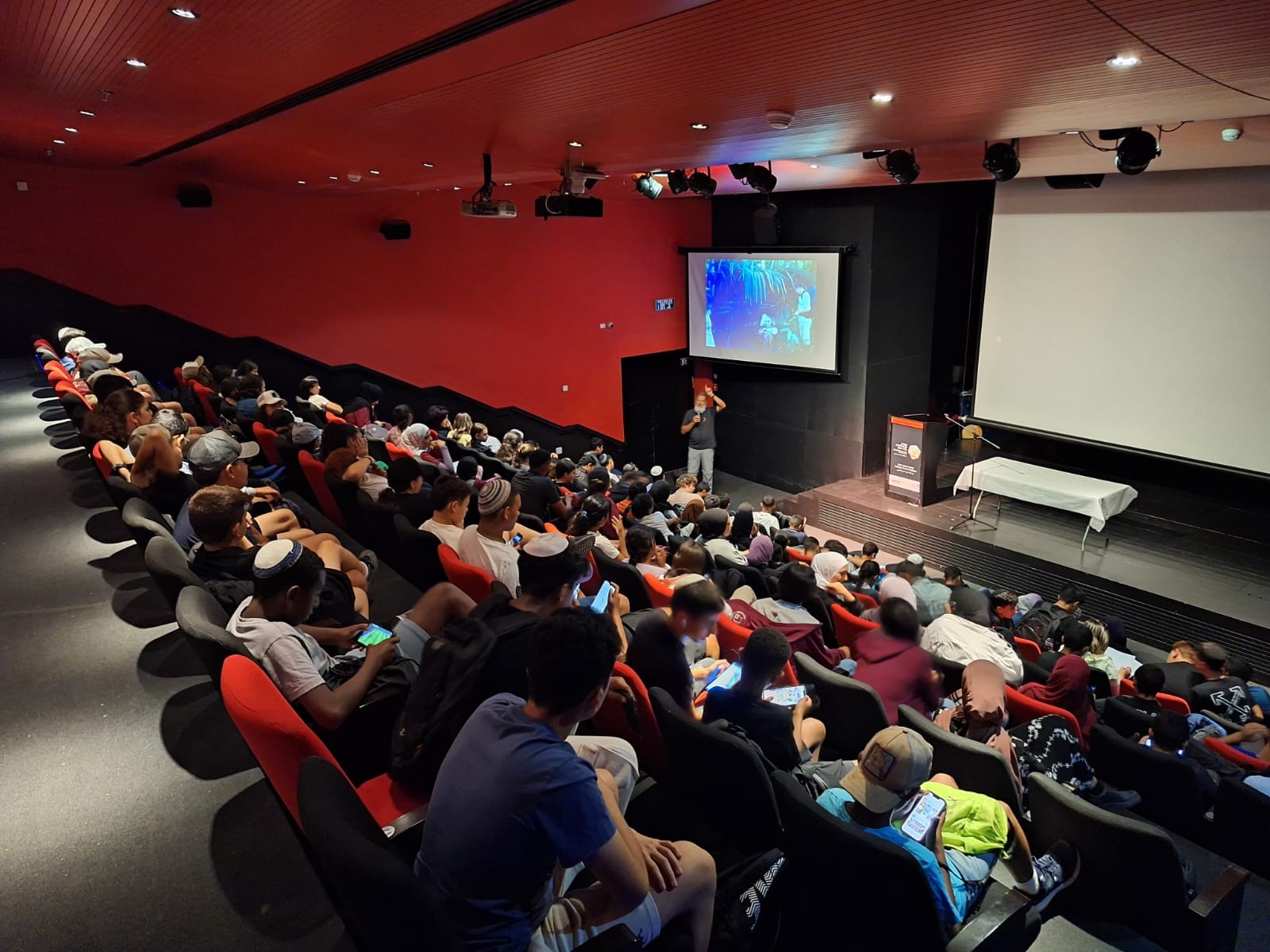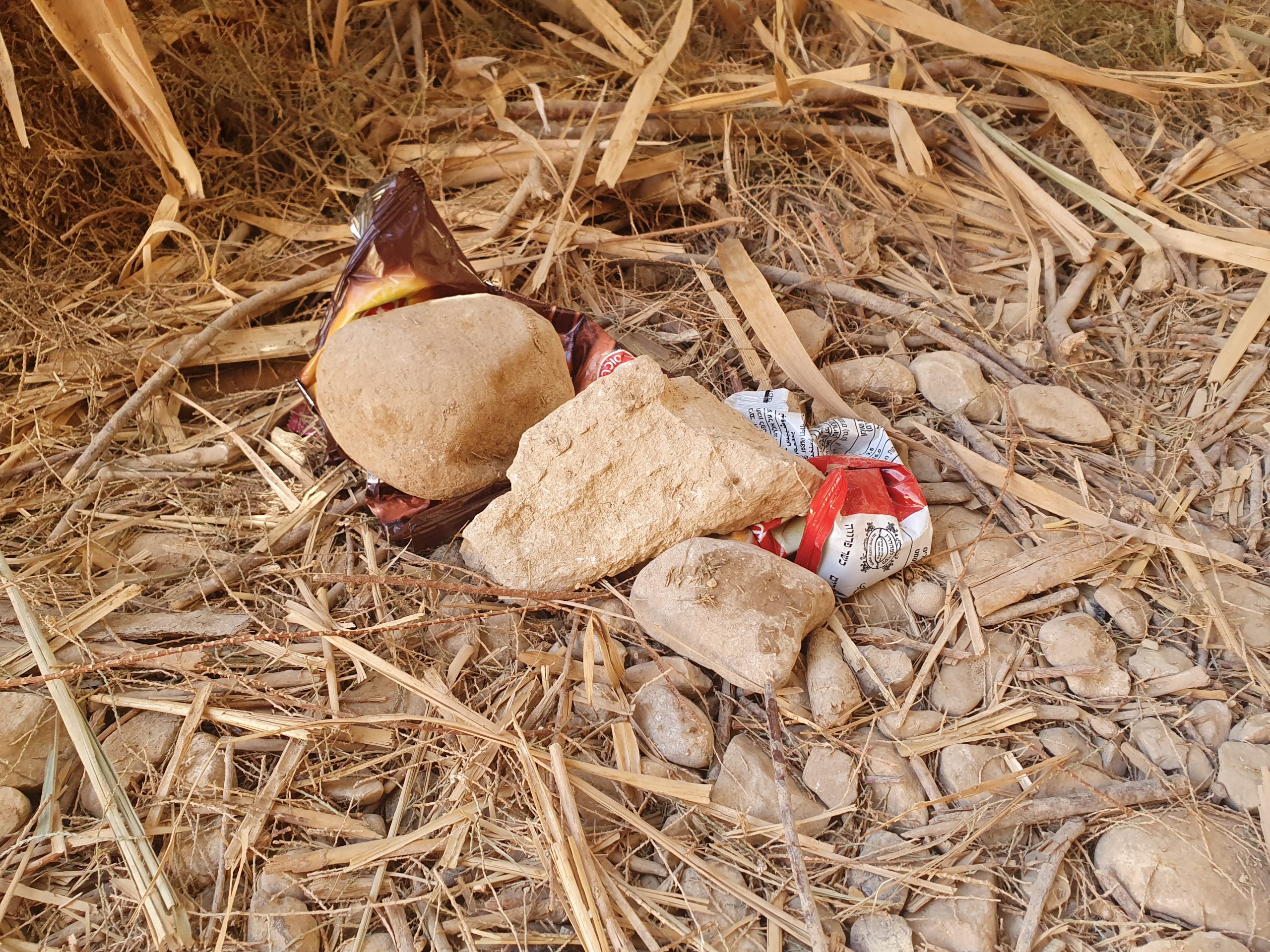Sinking Into Ancient History
June 6, 2021There are dozens of ancient shipwrecks sunk along the Mediterranean shores of Israel, which offer a glimpse into the past. Just how much has shipping changed since then?
For thousands of years, the Mediterranean Sea has served as the marine backdrop for countless sea voyages. Many ships, in fact, were attracted to Israel’s shores due to its central location between Africa, Asia and Europe as well as its close proximity to the busiest shipping lanes. So, if you wanted to take a peek back in time, say a little more than a thousand years in the past, all you would have to do is dive into the water off of Israel’s Mediterranean coast to find a cluster of nautical archaeological remains from late antiquity.
In the last four decades, the wooden remains of many ancient sunken ships have been exposed in the country’s northern shallow Mediterranean waters. Luckily, these wreck sites and the accompanying unique artifacts that fill them were preserved as a result of the sand’s anaerobic (oxygen-free) properties.
Now, a new Israeli article sheds light on the unique phenomenon, describing some of the most fascinating ships found along the northern shores of the country.
Sand on the Seafloor
According to Dr. Maayan Cohen, Mimshak Fellow at the Ministry of Agriculture, Research Fellow from the Leon Recanati Institute of Marine Studies at the University of Haifa, and author of the article, the remains of sunken ships and vessels at sea are subject to an onslaught of natural forces and are thus susceptible to changes in shape and color over the time. Yet, in the State of Israel, which is considered one of the world leading countries in the study of ancient vessels, the shipwrecks are relatively well preserved.
“The sand along Israel’s shores, which is transported all the way from the Nile, covers the ships with a thick layer that forms an anaerobic protective shell,” says Cohen. “The sand prevents the natural decomposition processes of the wood from which the ships are made from.”
As a result, many shipwrecks within Israel’s territorial waters are found to be in relatively good condition as well the artifacts contained within. “For example, the ship ‘Ma’agan Michael B’, which I took part in its research and excavations, was found covered in a thick layer of one and a half meters of sea sand,” she says.
“In Cyprus, however, the situation is completely different. Ships are instead covered with a kind of muddy layer and algae, which makes it difficult for the ship’s structure to be preserved as well in the sea.”
Ships Then vs. Now
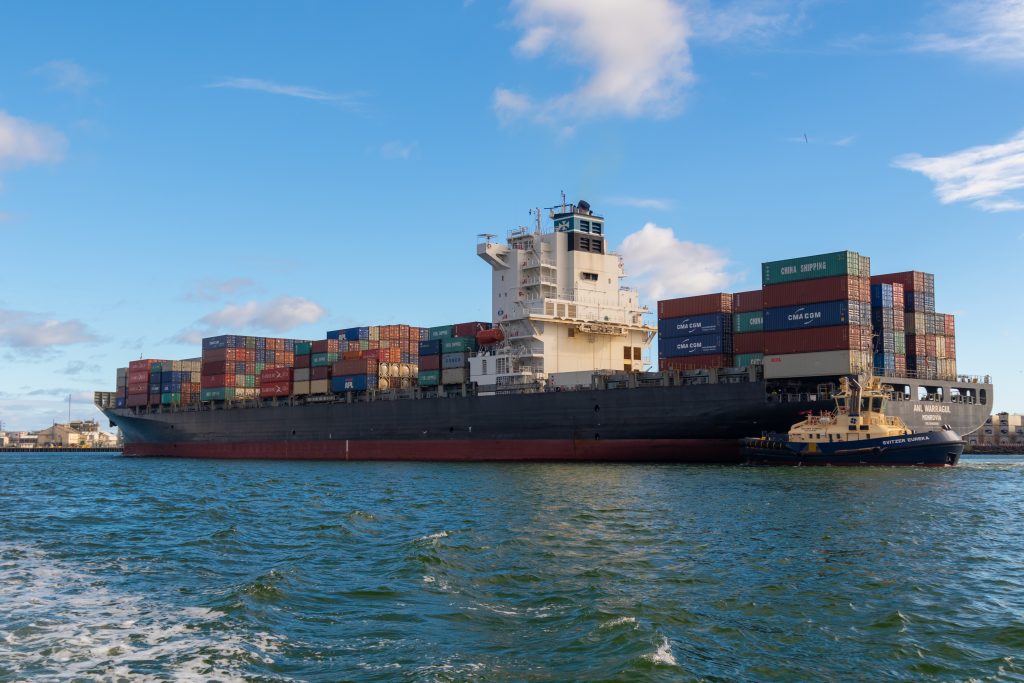
Exploring shipwrecks can yield a great deal of knowledge about the ancient shipping lanes, cultural ties, and trade networks between the Land of Israel and both its nearby and distant neighbors. However, it also provides a glimpse into the bygone relationship between marine ecosystems and early human civilization.
“It seems that in the past, maritime trade was more sustainable and environmental than it is today,” says Cohen. “Ancient ships were sailing ships, and only the wind was used to achieve sailing.”
By contrast, today’s maritime shipping industry is the complete opposite in terms of its environmental impact. Over the past thirty years, the shipping industry has grown by an average of 5% each year. Now, more than 90% of world trade is conducted over oceans by an estimated total of 90,000 marine vessels running on fossil fuels, all of which emit massive amounts of carbon dioxide and various pollutants.
In fact, more than 3% of global anthropogenic carbon dioxide emissions stem from the shipping industry. The International Maritime Organization (IMO) even calculated that 1.12 billion metric tons of carbon dioxide were released in 2007, an amount that is shockingly equivalent to the annual greenhouse gas (GHG) emissions from 205 million cars. Yet, carbon dioxide emissions from ocean-going vessels are currently under regulated.
Although, global maritime shipping decreased in 2020 due to complications brought on by the COVID-19 pandemic, industry experts predict GHG emissions in 2021 will more than compensate for the setbacks in 2020 as the global economy regains its footing. If this indeed does come to pass, carbon dioxide emissions from this sector could very well reach or even exceed the IMO’s original 2020 estimate of 1.48 billion metric tons, an increase equivalent to the addition of 65 million new cars on the road.
But this is not to say that ancient ships were absolutely environmentally friendly by comparison. “There is evidence, however, from Roman times that trees were harvested to a great extent as almost everything was made of wood from locks to huge vessels and ships, implicating high degrees of deforestation,” suggests Cohen.
Even the Food was Preserved
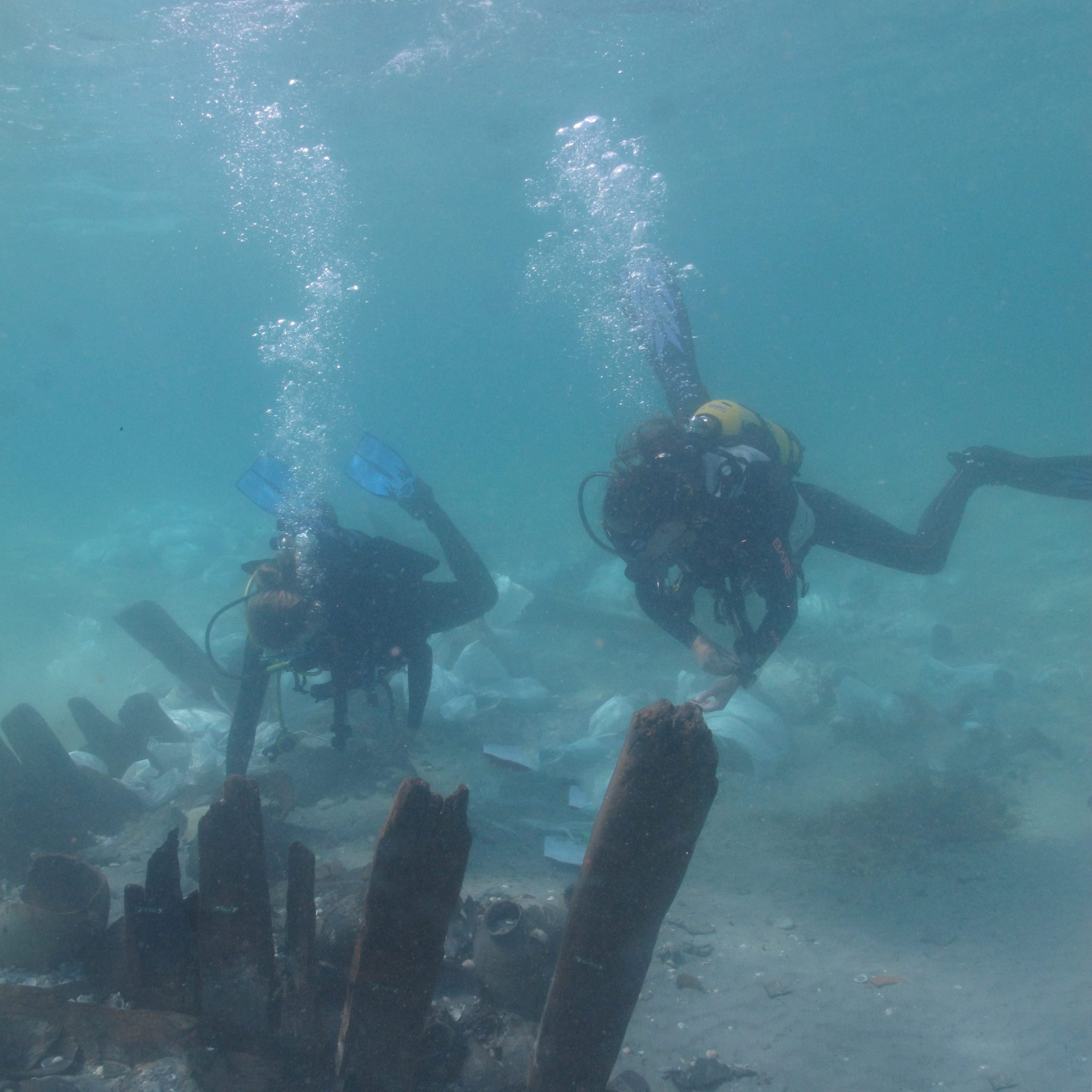
Many of the excavated sites are located about 30 kilometers south of Haifa in Israel’s coastal strips which include Dor, Tantura Lagoon and Kibbutz Ma’agan Michael. The southern region of Dor has been well studied since the 1960s, and excavations have revealed the remains of 25 shipwrecks whose sinking dates range from the Roman period to the Ottoman period.
About 5 kilometers south of Dor is the site of Kibbutz Ma’agan Michael, where two shipwrecks were found—the first dating back to 400 BCE, and the second to the Early Islamic period. Beyond these ships, there are about 25-30 shipwrecks in Acre (Akko), and other ships were found off the shores of Caesarea, Ma’ayan Tzvi, Atlit and others.
The ship ‘Ma’agan Michael B’, for example, dates from the mid-7th century to the mid-8th century CE, and it’s located about 70 meters from the shoreline and at a depth of approximately three meters. Considered to be relatively large for its time period, the ship is about 25 meters in length, and it took a team of marine archaeologists six excavation seasons between 2016 and 2019 to fully expose the ship. However, it was an extremely strenuous task due to the fact that the ship was coincidentally located betwixt two opposing currents, which created a frequent number of disturbances and delays.
According to the researchers, the sailing route of the ship likely followed the triangular trade network between Israel, Cyprus, and Egypt. In her article, Cohen theorizes that the ships’ captains made a navigational error accidentally leading the crew to the port of Ma’agan Michael, an area less equipped to take in a ship of its size.
“We found a variety of fascinating finds in this ship with an amazing level of preservation,” says Cohen. “There were ropes, mats, and even food. Inside the ship, we found over 100 amphorae (storage jars made from clay that were used to transport food and wine), and some of them still contained their original contents: olives, walnuts, carobs, grapes, and pistachios.”
Surprisingly, she even got to taste the olives, which were at least 1,300 years old. “They still had the juicy flesh on them, and they really had the taste of olive.”
Excavation and Limitations
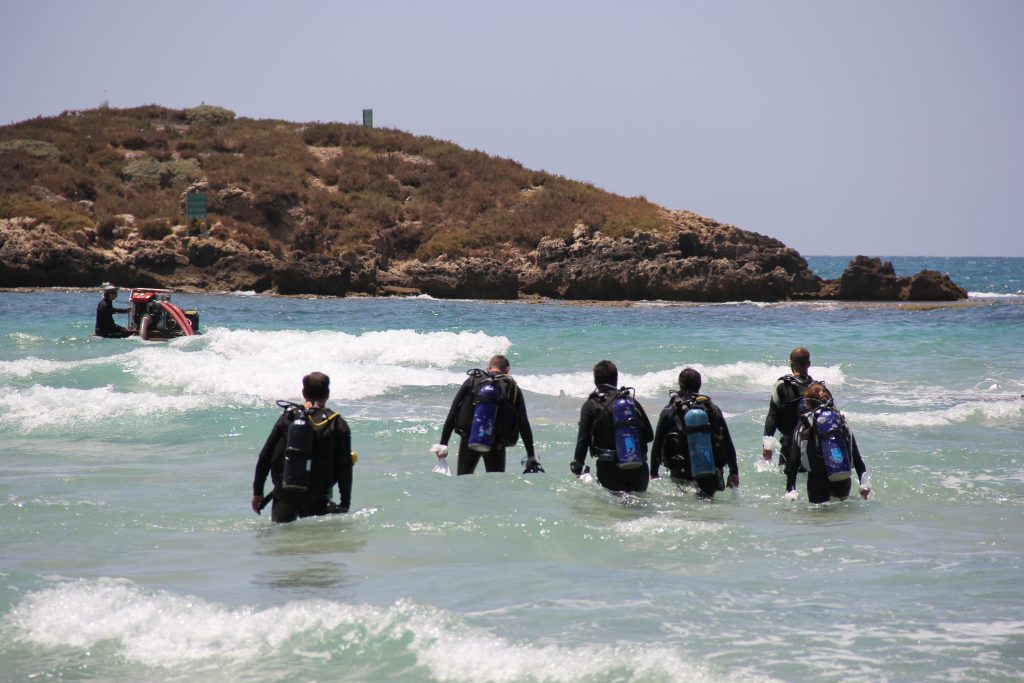
Under the guidance of Dr. Debbie Tvikel and the late Prof. Yaakov Kahanov from the Leon Recanati Institute of Marine Studies, Cohen took part in the underwater excavations as part of her doctoral dissertation. Although, as she explains, it was by no means a simple task.
“First, a license from the Antiquities Authority is required to carry out such an excavation.” According to Cohen, each year there are two excavation seasons, which usually take place during times of seasonal transition when the sea is calmer.
“An excavation season lasts about three weeks. During that time, we are physically working in the water from six in the morning until sunset, unless the conditions in the sea suddenly change. Only after careful documentation in the water can things be taken out of the ship and transferred to the laboratory for further research,” she explains.
Despite the out-of-place nature of the shipwreck, Cohen and her fellow researchers could not help but notice the shelter services it provides some of the marine wildlife.
“When we start digging and shifting the sand to expose the ship, we see how it becomes a habitat for marine animals,” says Cohen. “On more than one occasion, we have seen fish, squid, and crabs settling between the remains. There is no doubt that there is an ecological aspect to shipwreck sites that has not yet been explored and it’s worth investigating in terms of the impact they have on marine habitats.”
Another significant difficulty in conducting research in the Mediterranean are the pollution events from sewage discharge that the researchers come across.
“There have been more than a few occasions in which we’ve come ashore to explore the ships when the weather conditions at sea were excellent, but we couldn’t get to them because of the obstructive pollution in the water,” says Cohen.
As Cohen points out, this is an all-around frustrating situation. “The marine ecosystem is being damaged, the time-limited excavation season is being delayed, and the research budget, which we worked hard to achieve, is going down the drain.”
This all goes to show that if the environment was considered more of a priority in today’s economy, we as a society would perhaps be less burdened by the limitations brought on by a deteriorating climate.
This ZAVIT Article was also published in The Jewish Journal on 3 June 2021
